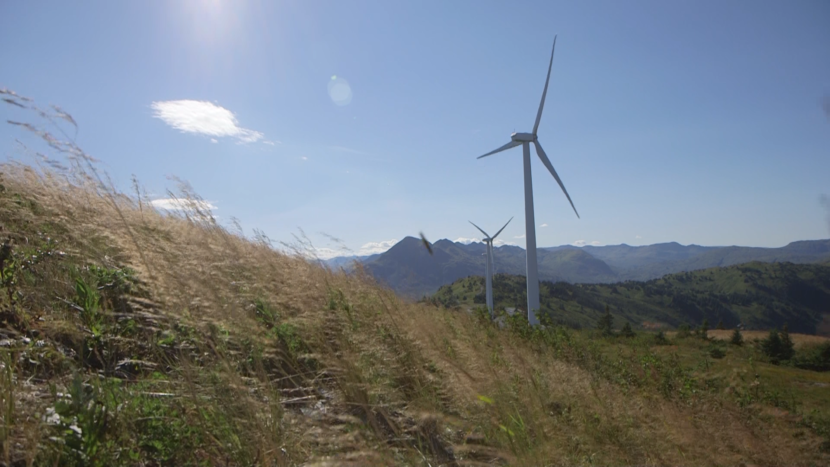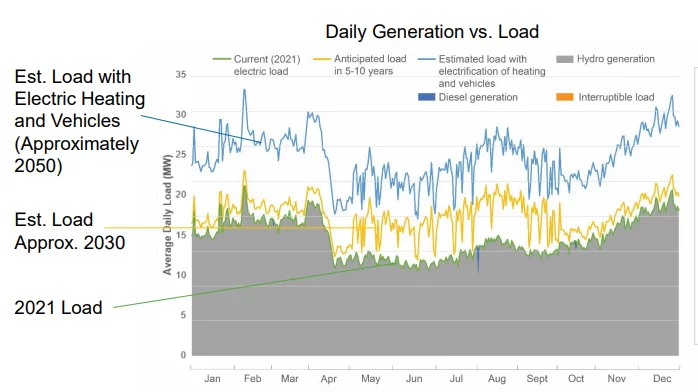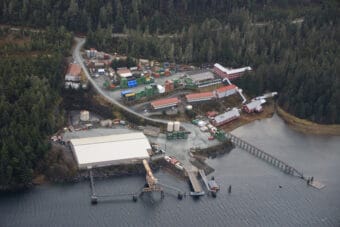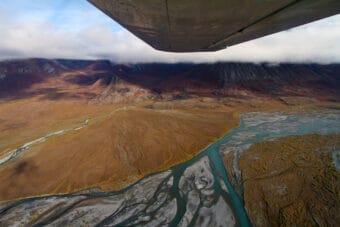
Wind power may be the best option to add extra “oomph” to Sitka’s electric grid, based on research collected as part of an investigation into Sitka’s long-term energy needs.
Amy Solana and Molly Grear are engineers with Pacific Northwest National Laboratory. They presented their findings to the assembly on Dec. 13. The study was funded with a federal grant the city scored from the United States Department of Energy. Sitka was one of a handful of communities nationwide selected to participate in the ETIPP program — that stands for Energy Transitions Initiative Partnership — which seeks to help remote and island communities increase their energy resilience.
Solana said that of all of the options — wind, solar, tidal and geothermal — wind is expensive but cost-effective enough in the long term that it would bring the biggest bang for the city’s buck.
“The wind resource is the strongest resource that there is available, is what we found,” she said. “There were several locations that we assessed throughout this project, and Beaver Lake and Lucky Chance are the locations that are shown here to be the most favorable as far as wind production goes.”
Solana said it could take around four years for the city to set up a wind project, which could generate up to 24 megawatts of power. She said solar energy would be quicker to set up, but the payoff is more limited because it would be most useful in the summer months, on large south-facing rooftops.
She also said there was potential to source wave and tidal energy, which would prove more useful than solar energy in the winter months but would be smaller in scale than a wind power project.
There’s also geothermal energy from Goddard Hot Springs, which was last investigated as a potential energy source in the 1980s.
“And what was found is that it looked promising, but really [an] additional detailed investigation is needed to characterize the resource, to understand what the capacity is,” Solana said. “And if it’s really feasible, what that detailed assessment means is drilling a well to understand what the heat flow is below the surface.”
So why look into this, when Sitka is still paying off a multi-million dollar hydroelectric dam project? The city is expecting more electric customers to jump onto the grid in the next five-to-ten years. With the construction of the new hospital on the SEARHC campus and continued migration toward electric cars, the city would either need to rely more on diesel generation to supplement the energy from the dam or find an alternative energy source.

“As electrification continues with electric vehicles and homes and buildings, switching from fossil fuel heating to heat pumps,” Solana said, “that’s a huge growth and load that really needs some some planning now.”
The full ETIPP report will be published in January. You can view Solana and Grear’s presentation slides here.


